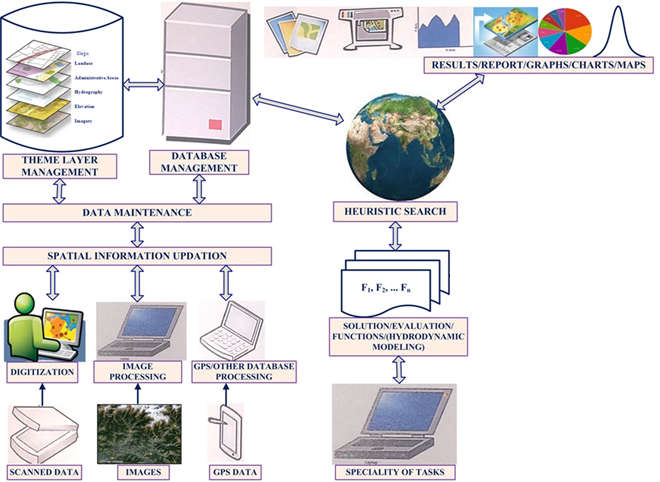Cloudburst is one of the most devastating and frequently occurring natural hazardous events in Indian Himalayan region. Localized deep cumulus convective clouds have a capability of giving enormous amount of rainfall over a limited horizontal area, within a short span of time. Whenever, such events occur, lead to flash floods causing landslides, house collapses, dislocation of traffic, and human casualties on a large scale. Therefore, it is necessary to predict the cloudburst inundation zones accurately to avoid damage associated with them. For this, high resolution Digital Elevation Model generated from CartoSat-1 (Stereo pair) were integrated in MIKE 11 Hydrodynamic 1D model to generate longitudinal profile of the study area and to find water level, peak discharge, flow velocity, flow width at different reaches along the Asi ganga and Bhagirathi river, to know the Cloudburst flood inundation scenario. On 3rd August 2012 one of the major Cloudburst event occurred in Asi Ganga Valley in Indian Himalayan region which was considered for simulation of hydrodynamic model. For a Cloudburst event, 100 mm/hr rainfall was considered for the simulation of the hydrodynamic model. It is observed that the discharge rise from 50 m3/s to 549.164 m3/s (an abrupt increase of about 10 times) within 1 hr at Sangamchetty in Asiganga river and at Joshiyara area rise from 600 m3/s to 3378.69 m3/s (an abrupt increase of about 5 times) within 4 hr in Bhagirathi river. Similarly the water level rises around 3 m and 6m in Asi Ganga and Bhagirathi rivers respectively. Flash Flood inundation areas due to Cloudburst on 3rd August 2012 were demarcated from the simulation results in GIS environment.

